While travelers often focus on what they can see at destinations, some of the world’s most remarkable places offer extraordinary auditory experiences that photographs simply cannot capture. From natural wonders that create unique soundscapes to cities with distinctive musical identities, these locations reveal their true essence through sound.
Here is a list of 20 destinations where keeping your ears open creates a deeper, more immersive travel experience than any visual souvenir could provide.
New Orleans, Louisiana

The French Quarter pulses with a musical heartbeat unlike anywhere else in America, where jazz spills from doorways and mingles with street performers at nearly every corner. Early morning reveals a different auditory landscape as vendors set up for the day, their calls echoing off historic buildings while distant steamboat whistles announce arrivals along the Mississippi.
The city’s sonic identity shifts neighborhood by neighborhood, from brass bands in Tremé to the more contemporary sounds along Frenchmen Street.
Hoh Rainforest, Washington

One of the last remaining temperate rainforests in the United States offers something increasingly rare: natural silence. The moss-draped trees create an acoustic environment so uniquely quiet that it’s been documented as one of the most noise-pollution-free places in North America.
Winter visits amplify this quality as the snow creates additional sound dampening, allowing visitors to hear the subtle dripping of moisture from leaf to leaf and the soft calls of birds from surprisingly far distances.
Like Travel Pug’s content? Follow us on MSN.
Abbey Road Studios, London
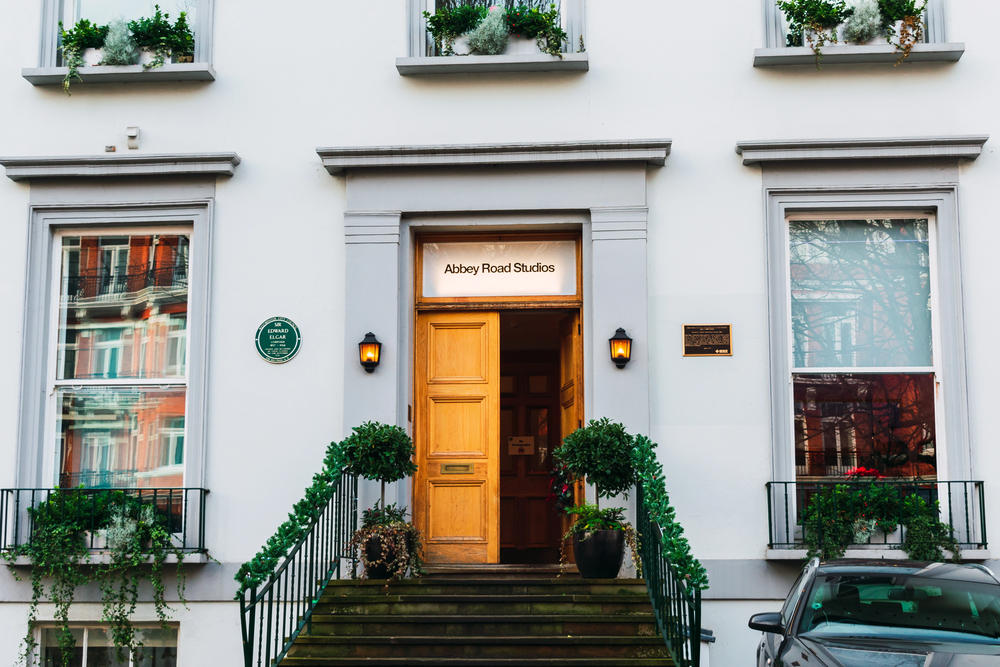
Music enthusiasts make pilgrimages to this unassuming building in St. John’s Wood not just to recreate the famous Beatles album cover on the crosswalk outside but to experience the acoustic perfection within. Public tours allow visitors to stand in Studio Two, where countless iconic recordings were made, and experience the same acoustic properties that have drawn artists for decades.
The surrounding neighborhood offers whispers of musical history, with subtle tributes to musical legends embedded throughout local businesses and architecture.
Waitomo Caves, New Zealand

The famous glowworm caves offer a visual spectacle, but equally impressive is the extraordinary acoustic environment created by the limestone formations. Tour guides demonstrate the caves’ natural amplification by singing Maori songs that resonate through the chambers with cathedral-like clarity.
The subtle sounds of water droplets contribute to the acoustic atmosphere, while the absolute silence between notes creates an auditory experience impossible to replicate elsewhere.
Nashville, Tennessee

Nashville earns its ‘Music City’ nickname through the sheer density of live performances happening simultaneously across genres. Beyond the obvious country music venues, the city offers sonic experiences ranging from bluegrass jam sessions in public parks to gospel choirs in historic churches.
Morning walks downtown reveal musicians preparing for auditions, their practice sessions flowing from open windows, while evening strolls bring competing melodies from dozens of venues, creating a complex auditory tapestry.
Like Travel Pug’s content? Follow us on MSN.
Amazon Rainforest, Brazil

Dawn in the Amazon brings a natural symphony as thousands of species create layered soundscapes that scientists are still documenting. The distinct territorial calls of howler monkeys can travel three miles through dense vegetation, while the constant background chorus of insects creates rhythm beneath bird calls.
Nighttime brings an entirely different acoustic environment as nocturnal creatures take over the sound space, creating natural compositions that vary dramatically by season and habitat type.
Kyoto’s Bamboo Forests, Japan

The Arashiyama bamboo groves create a uniquely peaceful soundscape as breezes cause the tall stalks to knock gently against each other, producing sounds that have been compared to natural wind chimes. Early morning visits before crowds arrive allow appreciation of this subtle music, along with the distinctive rustle of bamboo leaves that Japanese poets have referenced for centuries.
Local preservation efforts include designated ‘listening spots’ where visitors can fully appreciate the auditory experience without distraction.
Vienna, Austria

Classical music permeates Vienna’s identity beyond the famous concert halls, creating everyday soundscapes infused with musical heritage. Street performers in historic squares often include classically trained musicians, while cafés regularly feature live piano music as casually as other cities might play recorded background tracks.
The city’s commitment to its musical legacy extends to architectural designs that consider acoustic properties, from the curved ceilings of palace ballrooms to modern public spaces with surprising sound qualities.
Fingal’s Cave, Scotland
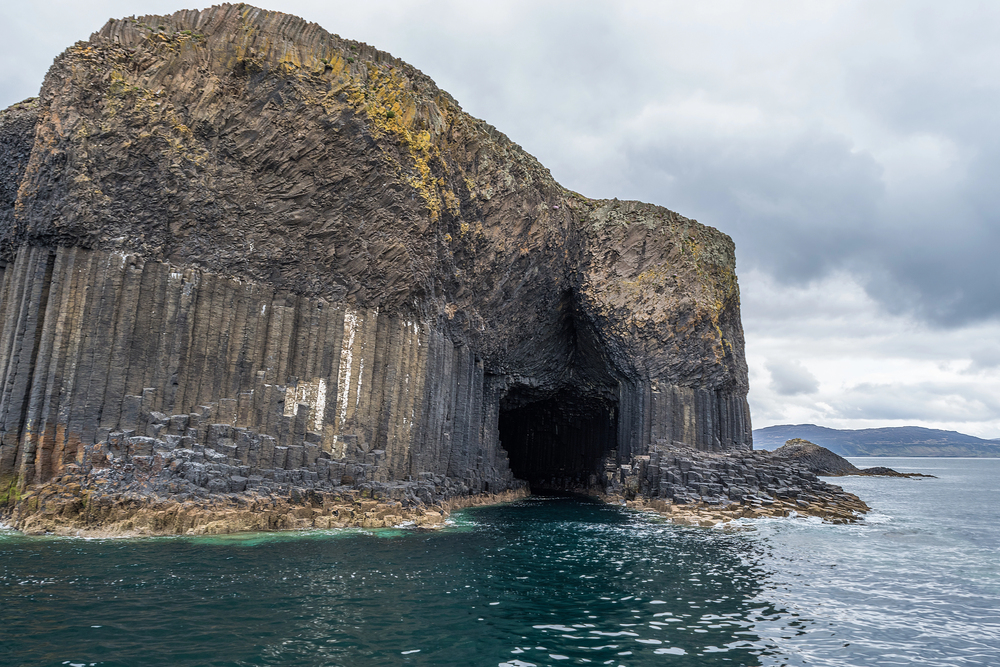
This sea cave on the uninhabited island of Staffa produces natural acoustics that are so remarkable that they inspired Mendelssohn’s famous ‘Hebrides Overture.’ The hexagonal basalt columns and arched roofs create cathedral-like reverberations as waves crash into the cave, generating complex tones that change with weather conditions and tides.
Boat tours allow visitors to experience the cave’s natural music, though local guides recommend complete silence upon arrival to fully appreciate the unique soundscape.
Havana, Cuba

Music flows through Havana like water through pipes, creating neighborhoods defined by their sonic characteristics. Classic cars with distinctive engine sounds provide percussion beneath conversations that bounce off colorful building façades in the narrow streets.
Evenings bring music from multiple directions as families practice together on porches, and professional musicians perform in small venues, creating organic soundtracks that shift block by block through the historic city.
Grand Canyon, Arizona
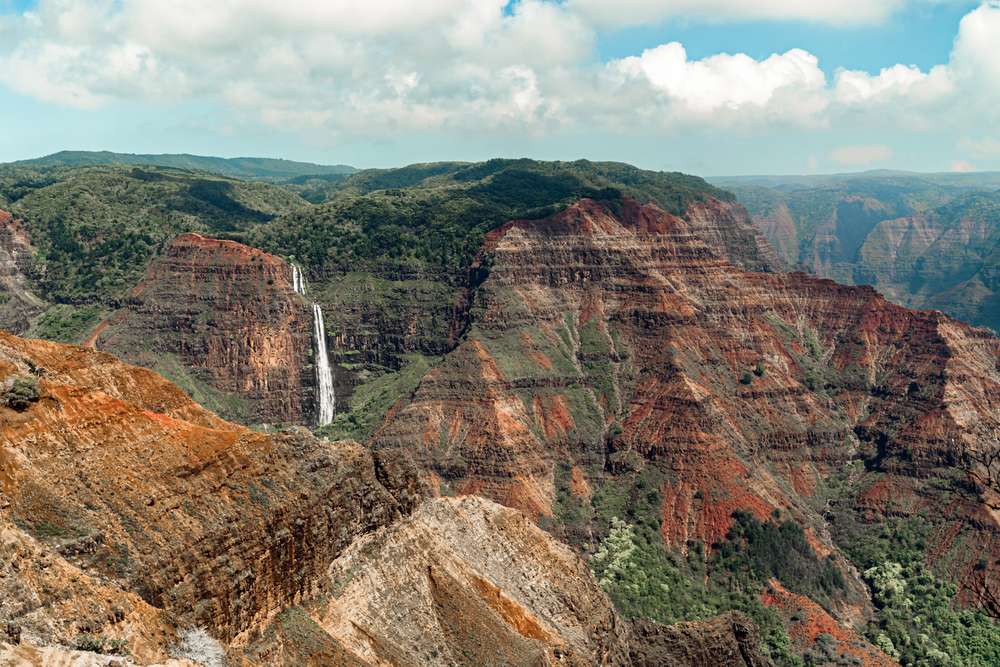
The vastness of the Grand Canyon creates acoustic properties that surprise many visitors, expecting only visual awe. Certain points along the rim allow sounds to travel in unexpected ways, with conversations from distant overlooks sometimes audible with striking clarity.
The natural amphitheater properties of some formations create places where the rustle of ravens’ wings echo dramatically, while seasonal thunderstorms produce rolling acoustic displays as thunder bounces between canyon walls.
Medina of Fez, Morocco
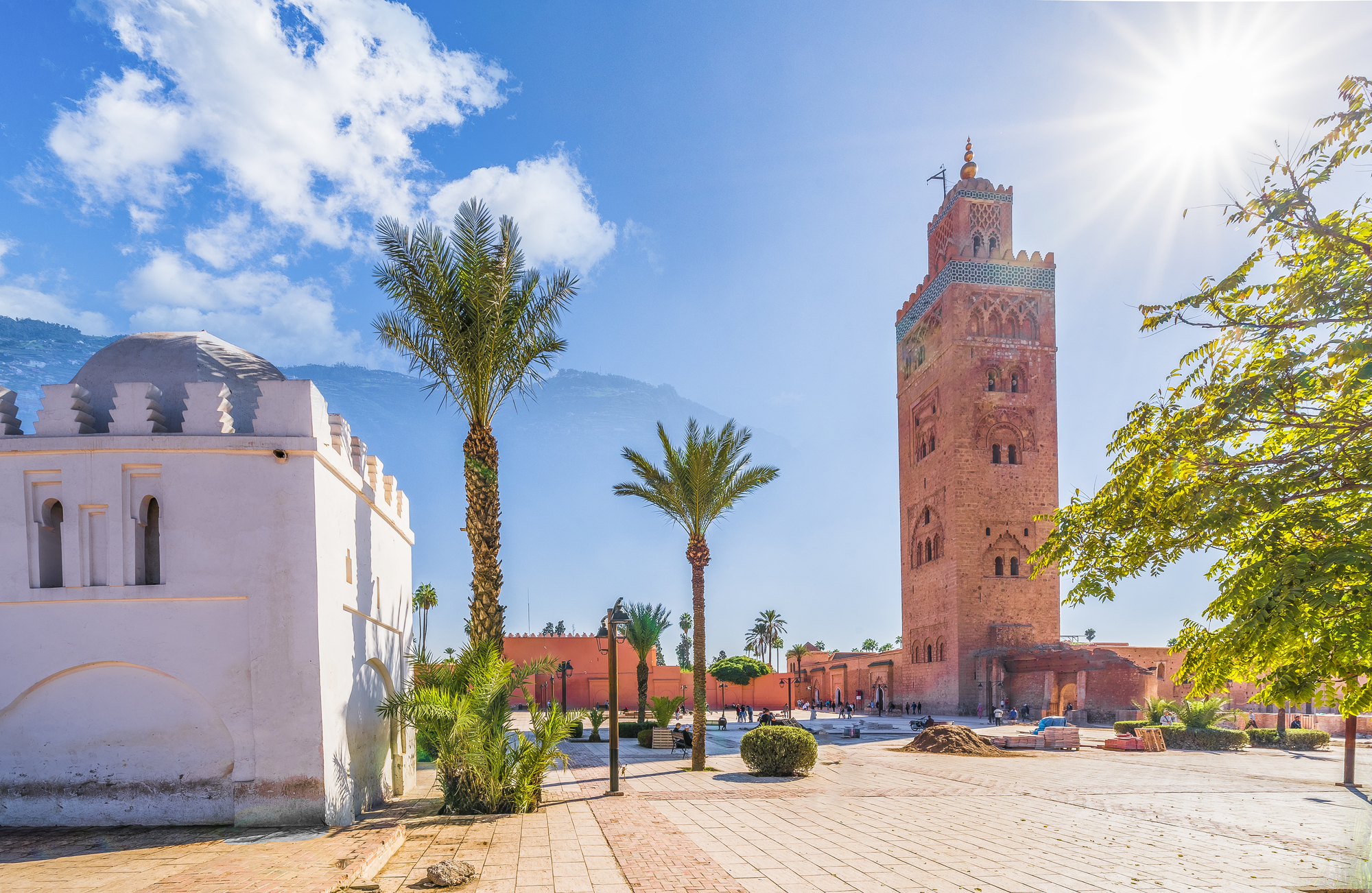
The ancient walled city center contains over 9,000 narrow alleyways that create an extraordinary acoustic environment where sounds from blocks away might suddenly appear next to you due to the maze-like architecture. Calls to prayer overlap from dozens of mosques, creating harmonies and dissonances that shift as you navigate the narrow passages.
Craftspeople work in designated areas, creating neighborhood soundscapes defined by distinctive rhythms—the hammering of coppersmiths or the looms of weavers operating in synchrony.
Patagonian Ice Fields, Chile/Argentina
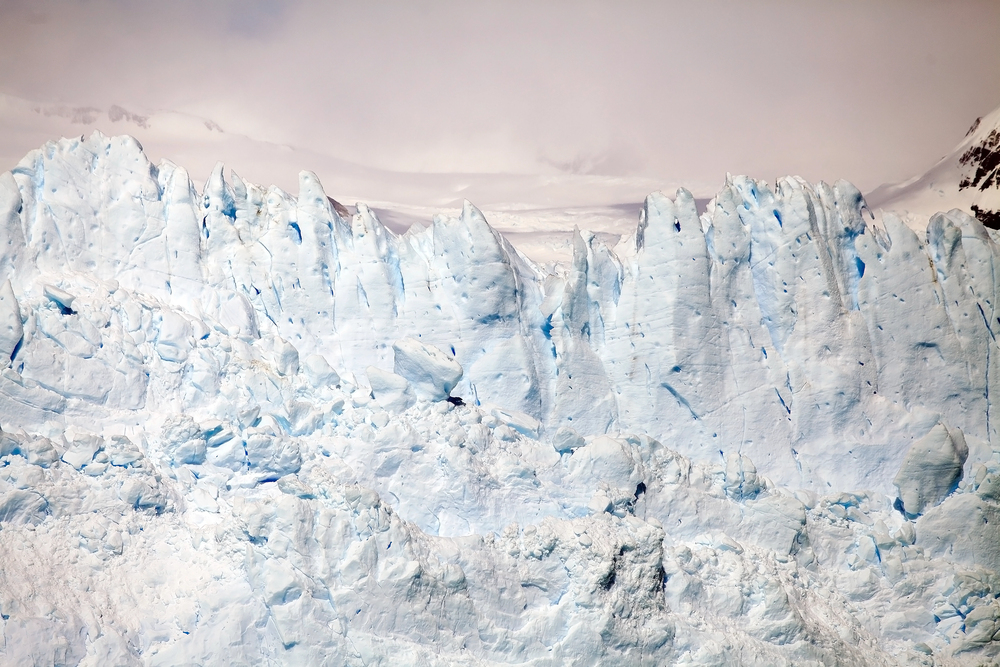
Few natural environments offer the dramatic sound effects of massive ice fields, where visitors can hear the physical processes of glaciers in motion. Pressure cracks create sharp reports that echo across valleys, while massive ice-calving events generate low-frequency rumbles that can be felt as much as heard.
The contrast between these occasional dramatic sounds and the profound silence that dominates the landscape creates an auditory experience that completely transforms understanding of these environments.
Alhambra Palace, Spain
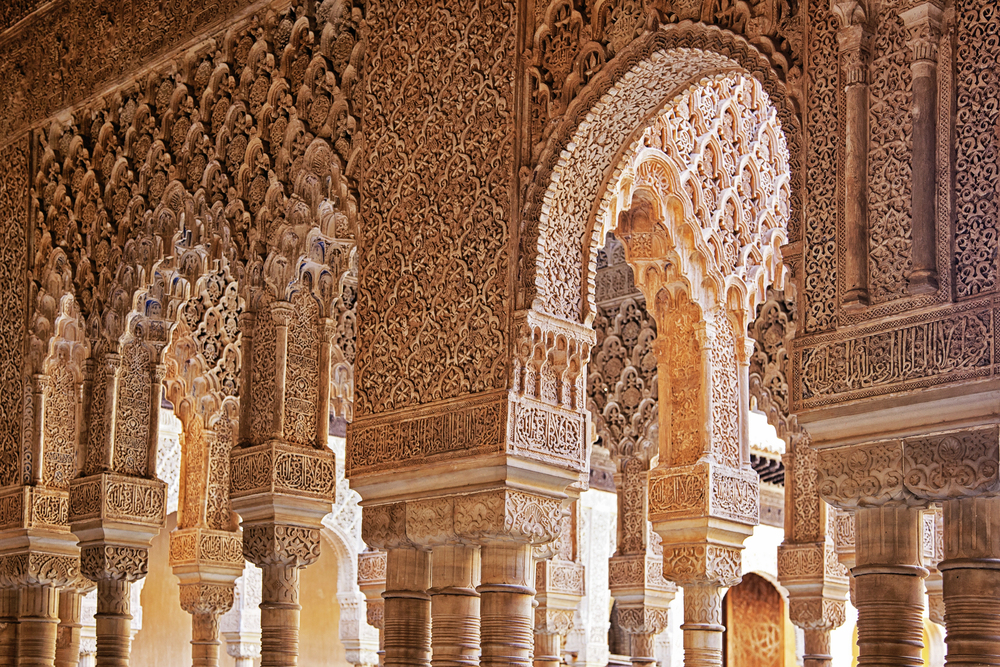
The Moorish architects who designed this complex incorporated sophisticated acoustic elements throughout the structures, creating spaces where whispers can be heard with perfect clarity across rooms. Water features were engineered to produce specific musical tones as they flow through channels and fountains, changing subtly with water volume and wind conditions.
Early morning visits allow appreciation of these acoustic details before crowds arrive, revealing the intentional sound design that complements the famous visual elements.
Byron Bay, Australia
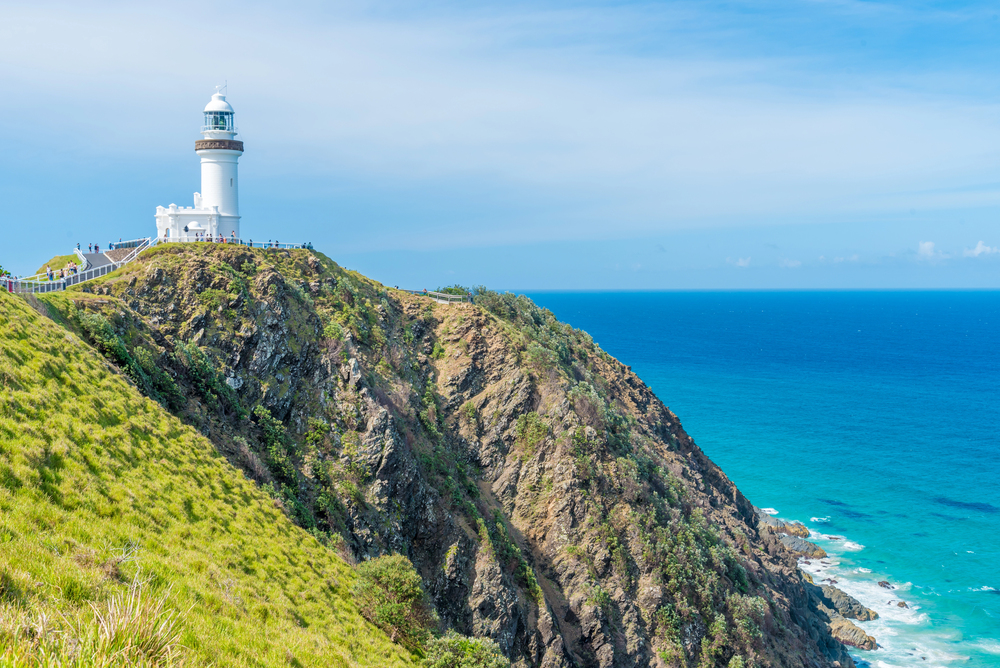
This coastal town has developed a distinctive acoustic identity beyond its famous music festivals, with street performers who’ve created unofficial schedules to ensure diverse soundscapes throughout the day. Dawn at the lighthouse cape offers natural acoustics where ocean sounds reflect off cliffs, while evening walks through town reveal global musical influences that shift from one block to the next.
Local ordinances preserve these sound experiences by limiting ambient noise from traffic and commercial sources in key areas.
Nile River, Egypt
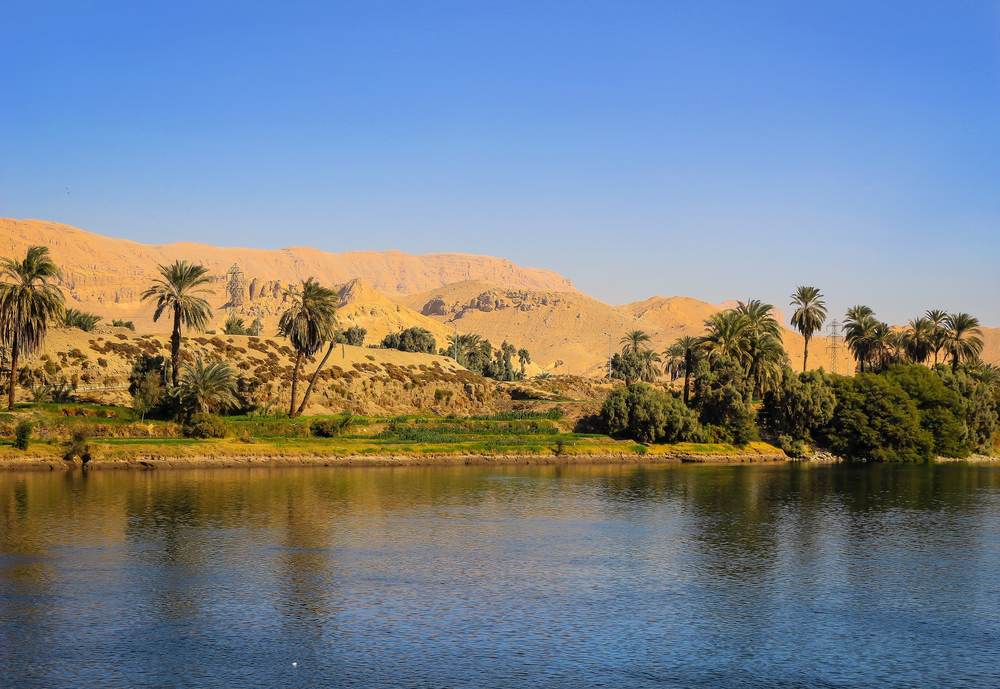
Traditional wooden sailing vessels still navigate portions of the Nile, their distinctive canvas sounds and wooden creaks connecting to thousands of years of river travel. Riverside communities maintain sound traditions, including specific work songs that coordinate agricultural activities, creating rhythmic soundscapes that carry across the water.
Dawn brings distinctive bird populations with calls that have remained largely unchanged since they were depicted in ancient tomb paintings.
Chichén Itzá, Mexico
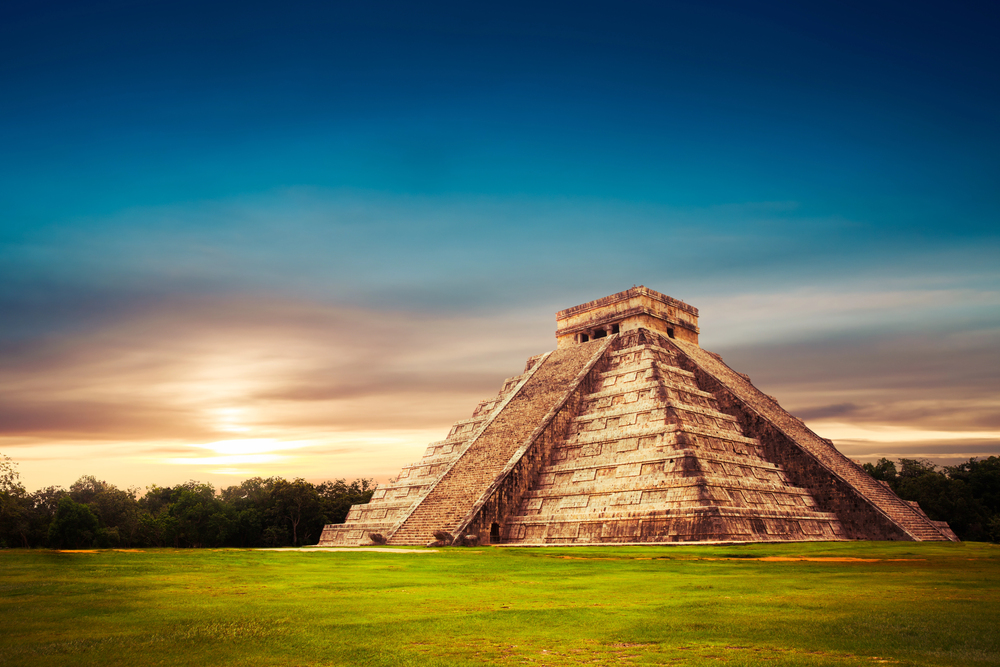
The ancient Maya intentionally created acoustic effects throughout this archaeological site, most famously at the main pyramid, where a hand clap produces an echo that resembles the call of the quetzal bird. Less known are the whisper galleries, where sounds travel along stone walls with remarkable clarity, and the ball court, where specific acoustic properties allow spectators throughout the massive space to hear the game in play.
Visiting during equinox celebrations reveals how these acoustic features integrate with astronomical alignments.
Dolomites, Italy
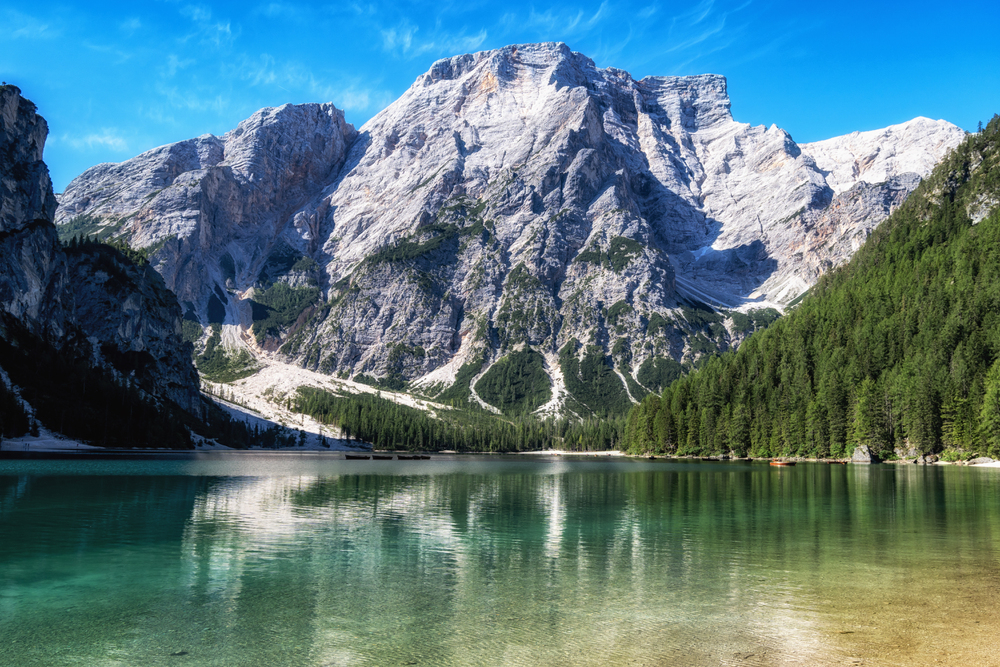
The limestone formations of these mountains create natural amphitheaters where sound carries extraordinary clarity across valleys. Traditional Alpine communities maintain singing traditions specifically developed to utilize these natural acoustics, with evening performances where voices can be heard from remarkable distances.
Hiking trails connect listening points identified by local guides, where particular rock formations create unusual echo effects or sound-focusing properties.
Varanasi, India

The ancient city along the Ganges offers one of the world’s most complex natural soundscapes, with religious ceremonies creating layered acoustic experiences that have continued largely unchanged for centuries. Dawn boat rides reveal the sounds of thousands of people performing morning rituals at the ghats, their combined voices and movements creating distinctive resonances across the water.
Evening aarti ceremonies incorporate specific bell patterns and chants designed to interact with the acoustic properties of stone steps and flowing water.
Harlem, New York
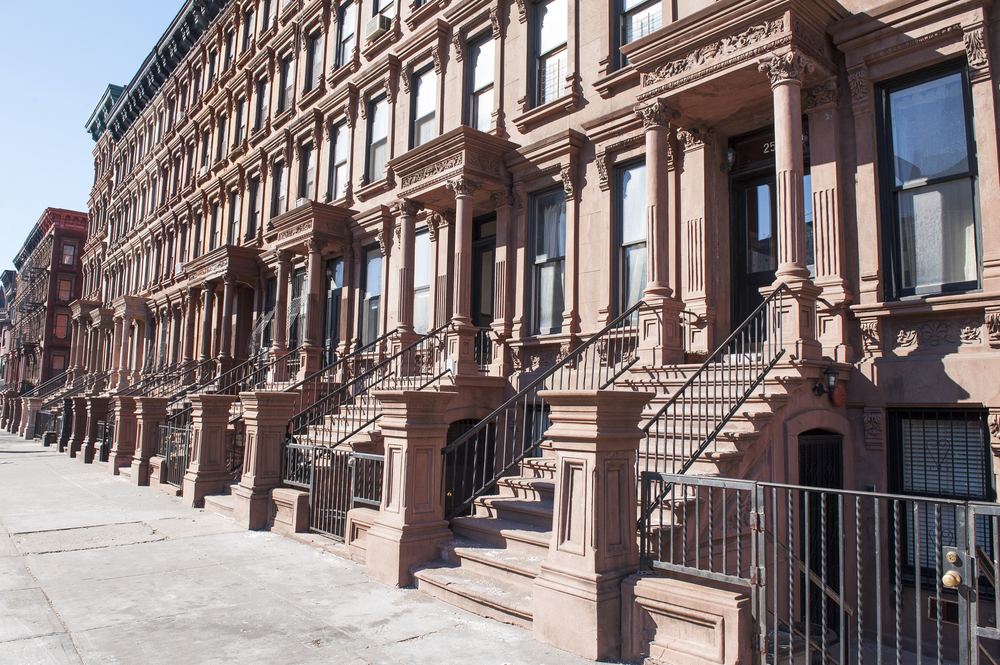
The cultural significance of sound in Harlem extends far beyond its famous musical venues, creating a neighborhood where auditory history remains present in everyday life. Gospel choir rehearsals spill from church windows on weeknights, while impromptu jazz sessions still occur in apartments with distinctive acoustic qualities specifically sought by musicians.
Walking tours identify buildings with significant sonic histories, from former speakeasies with specific architectural features designed to contain sound to recording studios hidden in unassuming brownstones.
The Symphony of Place

These destinations demonstrate how sound creates deeper connections to places than visual experiences alone can provide. The layered histories, cultural expressions, and natural phenomena experienced through careful listening reveal aspects of destinations inaccessible through other senses.
By traveling with ears attuned to these sonic environments, visitors discover that some of the world’s most meaningful experiences arrive not through what we see but through what we hear.
More from Travel Pug

- Cities Growing so Fast You Won’t Recognize Them in 10 Years
- 13 Destinations Where Tourists Regularly Regret Their Trip
- 20 Obscure WWII Sites Even History Buffs Don’t Know About
- 10 Under-the-Radar Mountain Towns That Are Both Affordable and Beautiful
- Remote Villages in Europe Where You Can Live for Free in Exchange for Work
Like Travel Pug’s content? Follow us on MSN.
